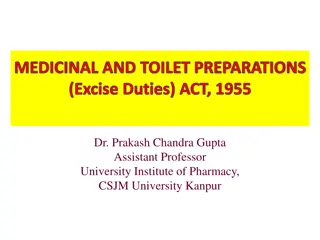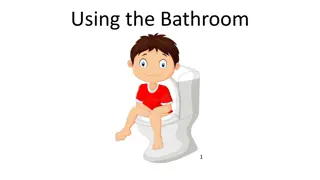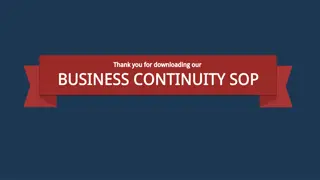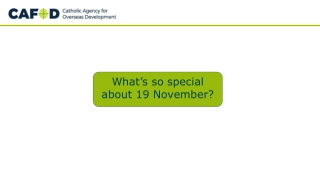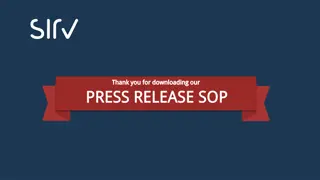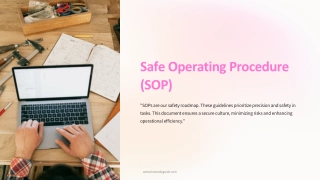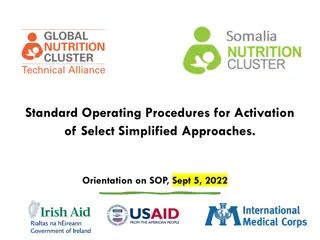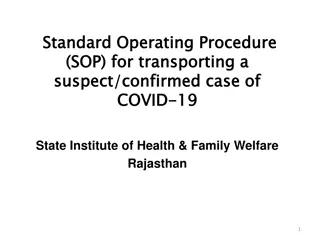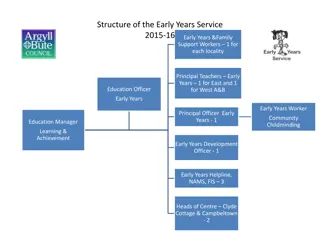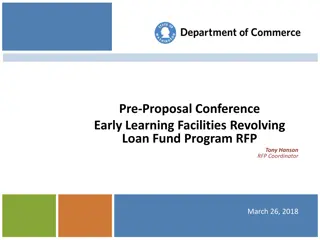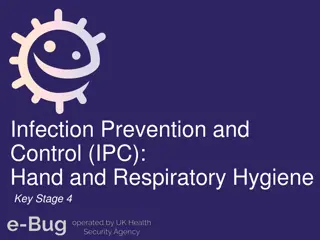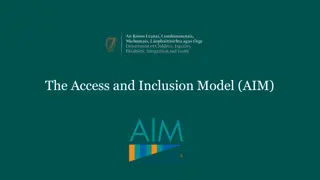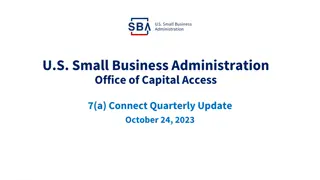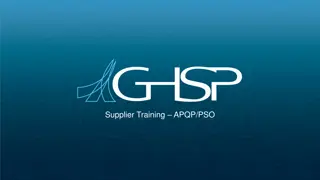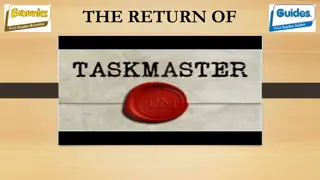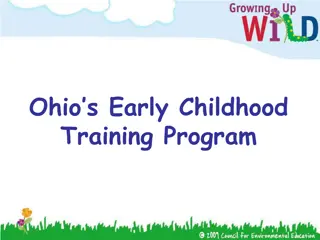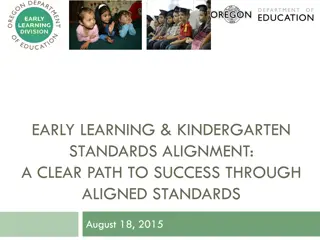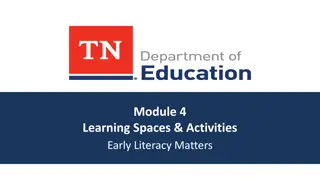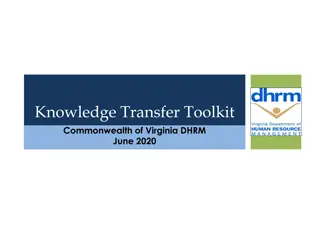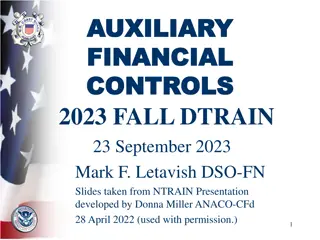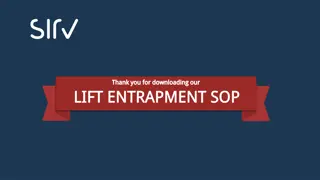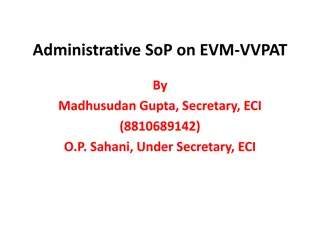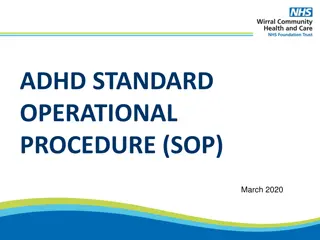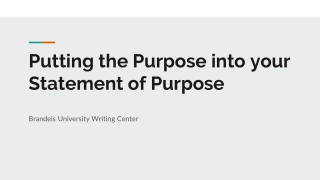Early Learning Diapering and Toilet Training SOP
As an early learning provider, maintaining a safe and hygienic environment for children and staff is crucial. This SOP outlines standards and procedures for diapering, bathroom spaces, and toilet training. It covers state regulations for indoor bathroom spaces, requirements for bathtubs or showers, and guidelines for toilet training processes. The focus is on ensuring cleanliness, safety, and effective training methods in early childhood settings.
Download Presentation

Please find below an Image/Link to download the presentation.
The content on the website is provided AS IS for your information and personal use only. It may not be sold, licensed, or shared on other websites without obtaining consent from the author. Download presentation by click this link. If you encounter any issues during the download, it is possible that the publisher has removed the file from their server.
E N D
Presentation Transcript
ATC Center Diaper Policy
Introduction As an early learning provider, it is our responsibility to ensure a safe and hygienic environment for all children and staff. This includes maintaining clean bathroom spaces and following proper diapering procedures. Additionally, we must provide effective toilet training and take proactive measures to prevent the spread of infectious diseases. This SOP outlines the standards and procedures for diapering, bathroom spaces, and toilet training at our early learning program.
Bathroom Space & Toilet Training Standards
To meet state regulations (WAC 110-300- 0220), our indoor bathroom spaces must include the following: One working flush toilet that is appropriately sized and height for children. One working sink and faucet that is appropriately sized and height for children. A means of providing privacy for children who need it while toileting. A toilet paper dispenser for each toilet that is appropriate for children. An operable window or exhaust fan. An easily cleanable floor with a washable surface, resistant to moisture, and cleaned and disinfected daily.
If our early learning program space is equipped with a bathtub or shower, the following requirements must be met: Baths or showers can only be given with the consent of the child's parent or guardian. Baths or showers are onlyallowed to clean a child after an accident (such as diarrhea or vomiting) or during overnight care hours. The area around the bathtub or shower must be slip- resistant or have a conveniently located grab bar. The bathtub or shower must be inaccessible to children when not in use.
Toilet Training: Toilet training procedures must be discussed with the child's parent or guardian when the child is ready for training. The toilet training process should be facilitated by the provider using positive reinforcement, culturally sensitive methods, developmentally appropriate methods, and a toilet training routine developed in agreement with the parent or guardian. If a modified toilet seat is used, it must be cleaned and disinfected daily or more often if soiled.
Toilet Training Cont: Toilet training equipment must be cleaned in a sink not used for food preparation, handwashing, or clean up. If a child is developmentally ready and a stand-up diapering procedure is used, it must be done in the bathroom or a designated diaper changing area.
Diaper Changing Areas: Our early learning program must have a designated diaper changing area for each classroom or age grouping of children who require diapering.
The diaper changing area must meet the following standards: The diaper changing area mustbe separate from areas where food is stored, prepared, or served. The diaper changing area musthave a sink with hot and cold running water that is not used for food preparation or clean up. The diaper changing area musthave a sturdy surface or mat that is washable, moisture-resistant, and large enough to prevent contamination with bodily fluids.
Employee Standards ~ Personal Hygiene: Employees mustwash their hands thoroughly before and afterchanging each child's diaper. Employees mustwear gloves when changing a diaper to prevent the spread of germs. Employees mustremove their gloves before disposing of them and must not reuse the same gloves for different children. Employees mustuse a new pair of gloves for each child they change.
Diaper Changing Procedure:
The purpose and scope of this standard operating procedure (SOP) is to outline the steps for properly changing a diaper to ensure the health and safety of infants and toddlers in our care. This SOP applies to all employees responsible for changing diapers at our facility.
Procedure: 1. Gather all necessary supplies, including a clean diaper, wipes, diaper cream, and gloves. 2. Place the child on a changing table or other safe surface. 3. Remove the soiled diaper and dispose of it in a diaper pail. 4. Use wipes to clean the child's diaper area thoroughly, being sure to clean all folds and creases. 5. Apply diaper cream if necessary.
Procedure Cont: 6. Slide a clean diaper underneath the child, making sure it fits snugly but not too tightly. 7. Fasten the diaper, ensuring that it is properly aligned and snug around the waist and legs. 8. Wash your hands thoroughly with soap and water. 9. Record the diaper change on the child's daily log, including the time and whether there were any issues or concerns during the change.
Conclusion This SOP ensures the safety and hygiene of all children and staffin our early learning program. By following these standards and procedures, we can provide a healthyand positiveenvironment for everyone.
Debrief / Huddle In groups of two-three, discuss the following questions: One thing that was newto you? One thing that was familiarto you? Any storiesor previous experiencesregarding today s content on diaper policy?
Thanks! Do you have any questions? support@atccenter.org tel: (253) 368-9705 atccenter.org CREDITS: CREDITS:This presentation template was created by Slidesgo including icons by Flaticon Slidesgo Slidesgo, Freepik Flaticon Flaticon, infographics & images by Freepik Freepik Please, keep this slide for the attribution


